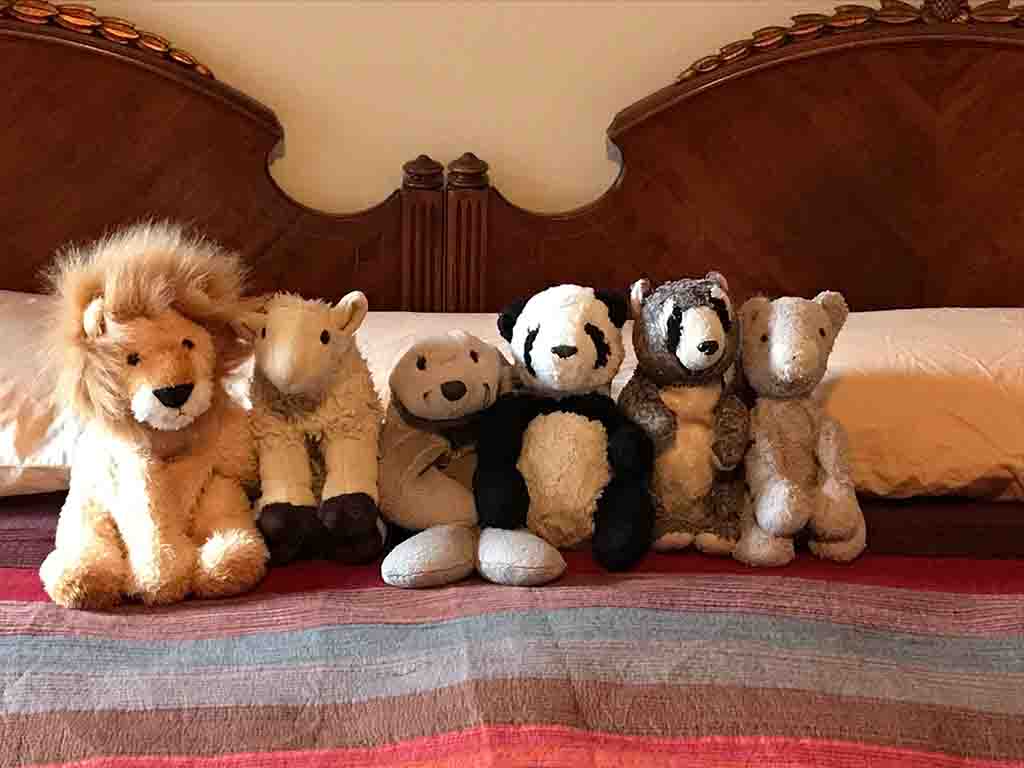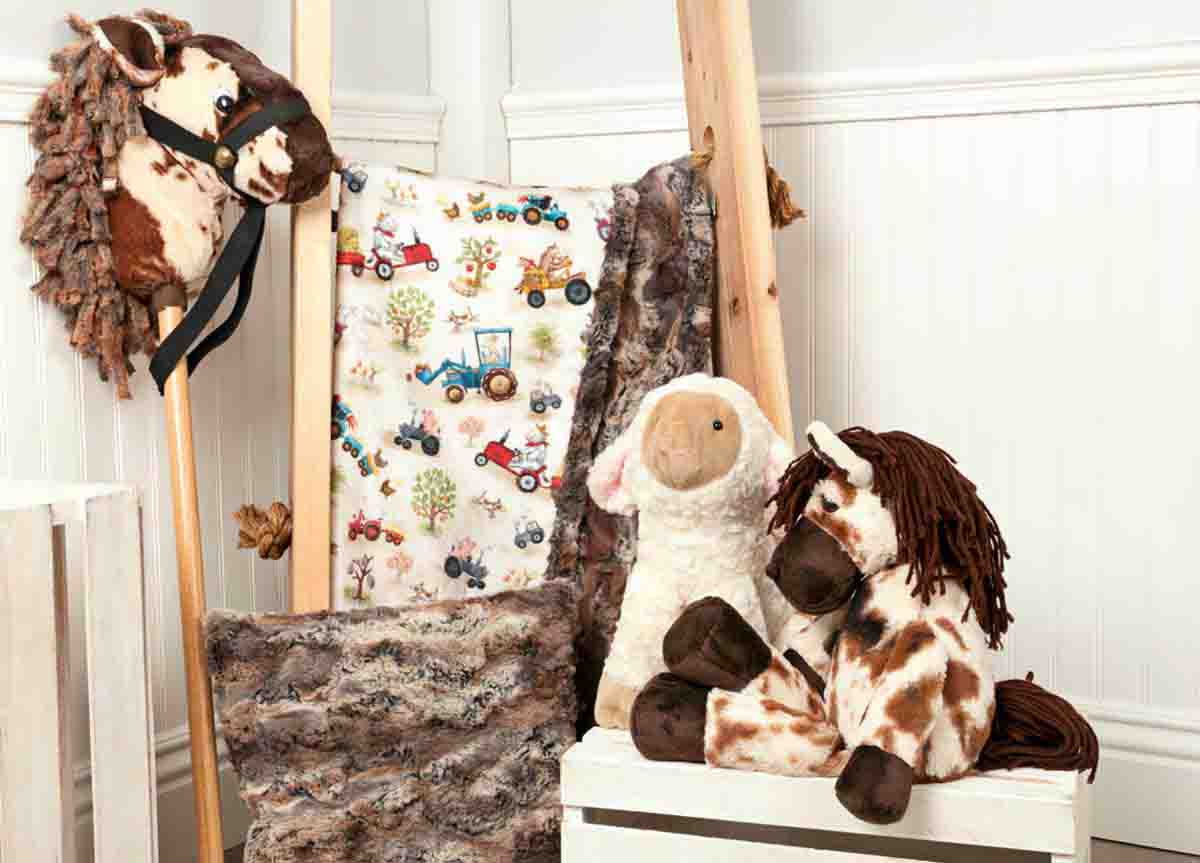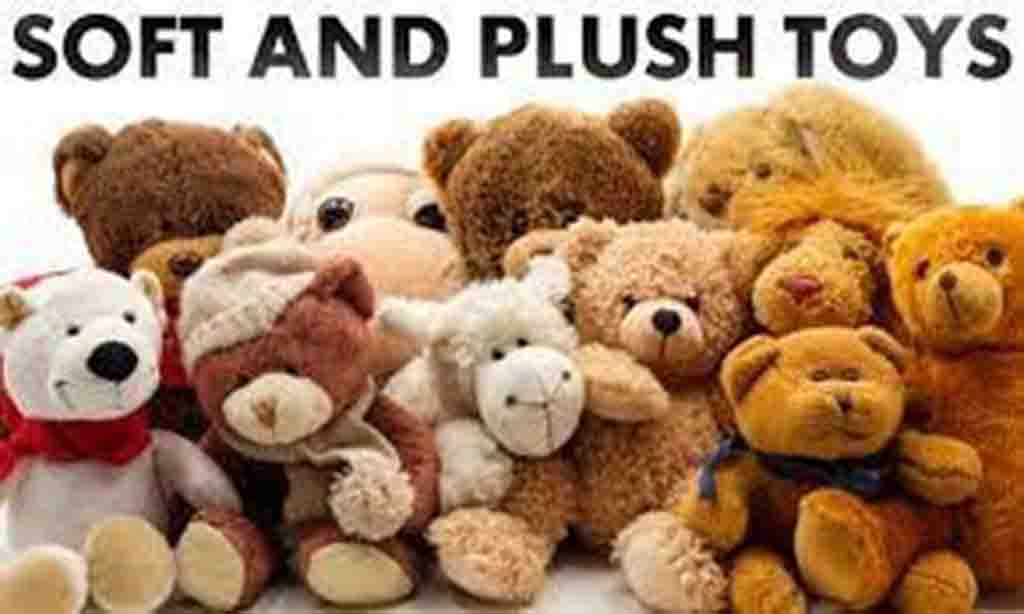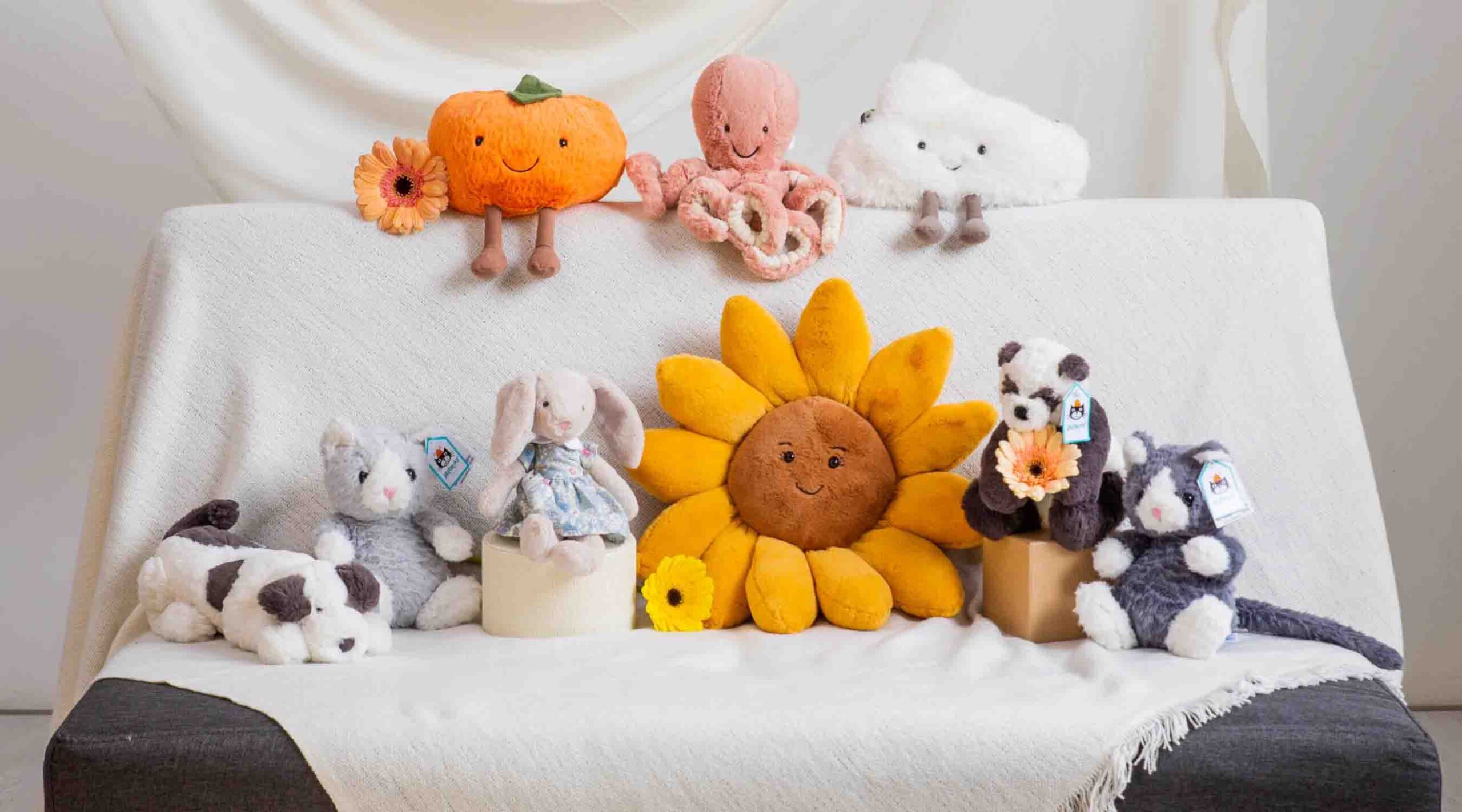The world of toys has evolved alongside cultural trends and consumer behavior. While “stuffed animals” has long been the dominant term, in recent years “plushie” has become increasingly popular, especially among younger generations and online communities. But why has this shift occurred? The answer lies in the history of toy manufacturing, cultural influences, and global consumer trends.
What is the historical origin of the term “plush” in toy manufacturing?

The word “plush” originally referred to a type of textile fabric. Derived from the French word peluche, meaning “soft fabric,” plush has been used since the 1500s to describe textiles with a long, luxurious pile similar to velvet.
Early Adoption in Toys
By the early 20th century, toy manufacturers began using plush fabric to make soft animals. Teddy bears, one of the earliest and most iconic examples, were described as “plush toys” due to their fabric covering.
Manufacturing Significance
- Plush fabrics were softer than traditional cloth.
- They provided a premium look and feel.
- The word “plush” quickly became synonymous with high-quality stuffed toys.
| Term | Origin | Early Association |
|---|---|---|
| Plush | French peluche | Soft fabric, velvet-like |
| Plush Toy | Early 1900s | Teddy bears & soft animals |
| Stuffed Animal | Industrial America | Toys filled with cotton or fiber |
How did the transition from “stuffed animals” to “plushies” emerge in popular culture?

While “stuffed animals” was the standard term in English-speaking countries throughout much of the 20th century, “plushie” emerged as a shortened, casual form that resonated with pop culture.
Key Drivers of Change
- Youth slang – Children and teens simplified “plush toy” into “plushie.”
- Media exposure – Cartoons, children’s shows, and toy marketing reinforced the word.
- Globalization – With the internet, terms spread faster and became part of shared vocabulary.
By the 2000s, “plushie” was no longer just slang but widely recognized across consumer groups.
| Term Usage | Popular Era | Audience |
|---|---|---|
| Stuffed Animals | 1900s–1990s | General population |
| Plushie | 2000s–present | Youth, online culture |
What role did anime, gaming, and online communities play in popularizing the word “plushie”?

The rise of Japanese anime and global gaming culture played a pivotal role in making “plushie” mainstream.
Anime and Kawaii Culture
In Japan, “plush” toys tied to anime and mascot characters became highly collectible. Fans often used affectionate terms like “plushie” to describe them.
Gaming Influence
Franchises like Pokémon, Final Fantasy, and Animal Crossing produced official plushies, marketed internationally under the term “plushie” rather than “stuffed animal.”
Online Communities
- Fan groups & forums normalized the term.
- Social media hashtags (#plushie, #plushielove) spread usage globally.
- Collectors’ markets emphasized “plushie” as the modern word of choice.
| Influence Area | Contribution to “Plushie” Popularity |
|---|---|
| Anime | Introduced kawaii plush culture |
| Gaming | Global branding of character plush |
| Online Forums | Created community adoption |
| Social Media | Viralized the term worldwid |
How do generational and regional language trends influence naming preferences?

Language evolves differently across generations and regions, shaping whether people say “stuffed animal” or “plushie.”
Generational Differences
- Older generations – More likely to use “stuffed animals,” tied to traditional retail.
- Younger generations – Favor “plushie,” influenced by online culture and fandoms.
Regional Variations
- North America – Both terms are used, but “plushie” is growing rapidly in popularity.
- Europe – “Plush toy” is more common in formal usage, while “plushie” is favored among youth.
- Asia – Countries like Japan, Korea, and China lean heavily toward “plushie” due to anime and pop culture.
| Demographic | Preferred Term | Reason |
|---|---|---|
| Older Buyers | Stuffed Animals | Tradition |
| Younger Buyers | Plushies | Pop culture |
| Europe | Plush/Plushie | Mixed influence |
| Asia | Plushie | Anime & Kawaii culture |
Why do marketers and brands adopt “plushie” as a modern consumer-friendly term?

Marketers recognize that “plushie” is not only trendy but also emotionally appealing. It sounds friendlier, cuter, and more accessible compared to the formal “stuffed animal.”
Branding Advantages
- Stronger alignment with youth culture.
- Fits perfectly with online marketing campaigns.
- Creates emotional branding opportunities (e.g., “Plushie Friends Collection”).
Commercial Impact
Brands that adopt the term “plushie” often see increased engagement on social media and stronger resonance with Gen Z and millennial consumers.
| Branding Term | Appeal | Market Advantage |
|---|---|---|
| Stuffed Animals | Neutral | Traditional retail |
| Plushies | Friendly | Online & social media markets |
Are there differences in perception between “stuffed animals” and “plushies” across global markets?

Yes. The term used often reflects market positioning, target demographic, and cultural influence.
Perception by Market
- USA & Canada – “Stuffed animals” is still common, but “plushie” dominates in youth and online communities.
- Europe – Professional buyers may use “plush toys,” while end consumers increasingly prefer “plushie.”
- Asia-Pacific – “Plushie” is mainstream, especially in Japan and South Korea, where plush culture is tied to kawaii trends.
Business Implications
Global manufacturers and wholesalers must use both terms strategically. “Stuffed animals” conveys trust and tradition in formal B2B contexts, while “plushie” works better in B2C and social media-driven markets.
| Region | Dominant Term | Buyer Perception |
|---|---|---|
| North America | Stuffed animals | Traditional term |
| Europe | Plush/Plushie | Transitional use |
| Asia-Pacific | Plushie | Trend-driven |
Conclusion
The evolution from “stuffed animals” to “plushies” reflects changes in culture, language, and consumer behavior. Rooted in historical manufacturing terms, the word “plushie” gained momentum through anime, gaming, and social media, becoming the dominant word among younger generations.
At Kinwin, we help brands and retailers adapt to these linguistic and cultural shifts. Whether your customers prefer classic stuffed animals or trendy plushies, our plush products are designed to meet both emotional appeal and strict international standards (EN71, ASTM, CPSIA, ISO).
📧 Contact us at [email protected]
🌐 Visit kinwintoys.com
Let’s create plush toys that resonate across generations and markets.







